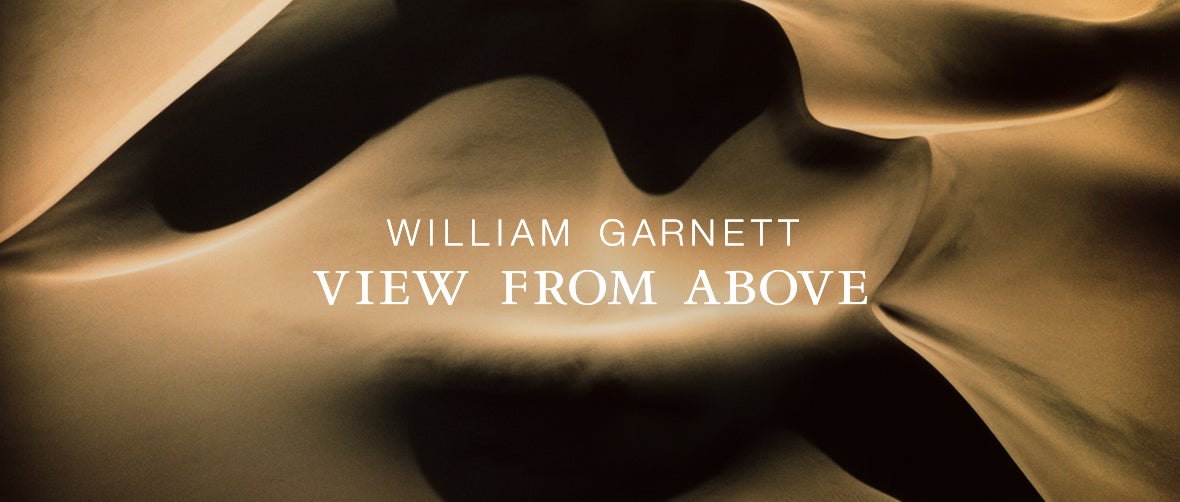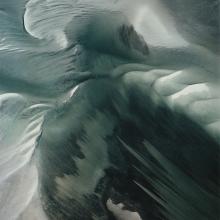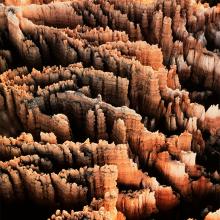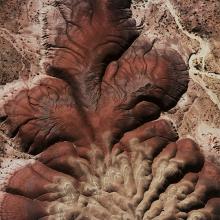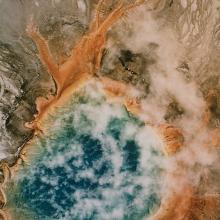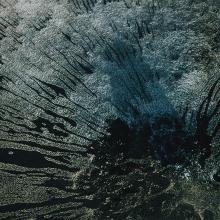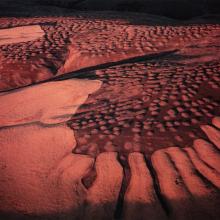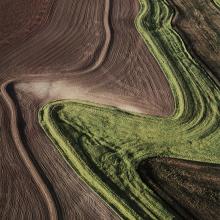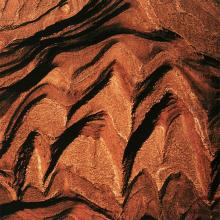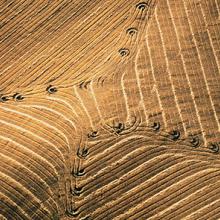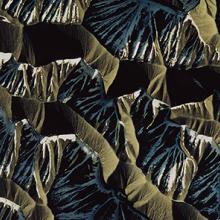William Garnett: View from Above
“Height—aeronautical altitude—is like sudden wealth. It buys detachment and new perspective, with some beautiful lies thrown into the bargain.”
—Photographer Walker Evans, Fortune magazine, 1954.
William Garnett: View from Above
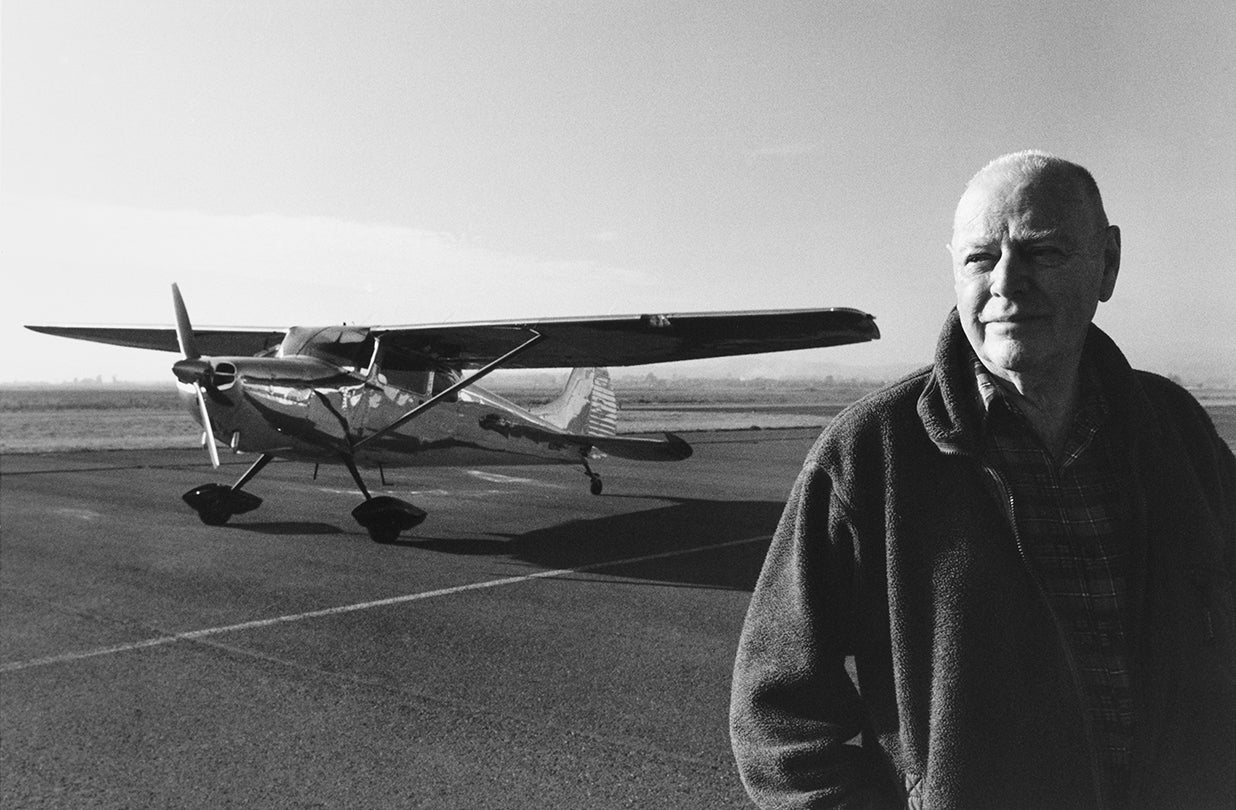 William Garnett (1916-2006) took his first cross-country flight in 1945 aboard a Douglas C-54 troop carrier. World War II had just ended, and he was returning home to California from his post with the Signal Corps in Newark, New Jersey. The flight was full, but he was offered the navigator’s seat directly behind the pilot. There, Garnett watched the landscape unfold beneath him as they traveled coast to coast during the eleven-hour flight to Long Beach. Inspired by the views from the journey home, he decided to pursue a career in aerial photography. Already an accomplished photographer, Garnett earned his pilot’s license with the support of the G.I. Education Bill and purchased his first plane in 1949.
William Garnett (1916-2006) took his first cross-country flight in 1945 aboard a Douglas C-54 troop carrier. World War II had just ended, and he was returning home to California from his post with the Signal Corps in Newark, New Jersey. The flight was full, but he was offered the navigator’s seat directly behind the pilot. There, Garnett watched the landscape unfold beneath him as they traveled coast to coast during the eleven-hour flight to Long Beach. Inspired by the views from the journey home, he decided to pursue a career in aerial photography. Already an accomplished photographer, Garnett earned his pilot’s license with the support of the G.I. Education Bill and purchased his first plane in 1949.
In an era when most aerial photography was produced mechanically—a product of reconnaissance or cartography—Garnett worked with an artist’s eye, pioneering the use of aerial photography as an art form. Piloting his Cessna 170B and photographing from the window, Garnett made disorienting photographs that recall the abstract expressionist paintings of the day. Though most well-known for his black and white photographs, Garnett also worked in color. Carefully mixing atmospherics and time of day, he used Kodachrome transparency film to achieve a palette of vibrant, almost otherworldly hues. With a preference for flying at low altitudes and composing tightly cropped frames, Garnett produced images that were often stripped of context and lacking the visual stability of a horizon line. Through his lens, the landscape emerged transformed—mineral deposits become kaleidoscopic fields of color; windswept dunes morph into humanlike figures; thermal geysers recall imagery of the cosmos.
Born in Chicago in 1916, Garnett moved to Southern California at an early age, and after graduating from high school, studied photography at the ArtCenter College of Design in Los Angeles. During the course of his half-century career, he worked with corporate clients and publishers including Time, Fortune, Smithsonian, and Life magazine, among others. He was awarded the prestigious Guggenheim Fellowship on three occasions (1953, 1956, 1975), and taught at UC Berkeley for sixteen years before retiring in 1984. Embraced by the art world, his photographs have been exhibited in over two hundred exhibitions at museums and galleries worldwide, and are held in major institutional collections including the Museum of Modern Art, New York; the Metropolitan Museum of Art, New York; the J. Paul Getty Museum, Los Angeles; and the San Francisco Museum of Modern Art.
©2017 by San Francisco Airport Commission. All rights reserved.
